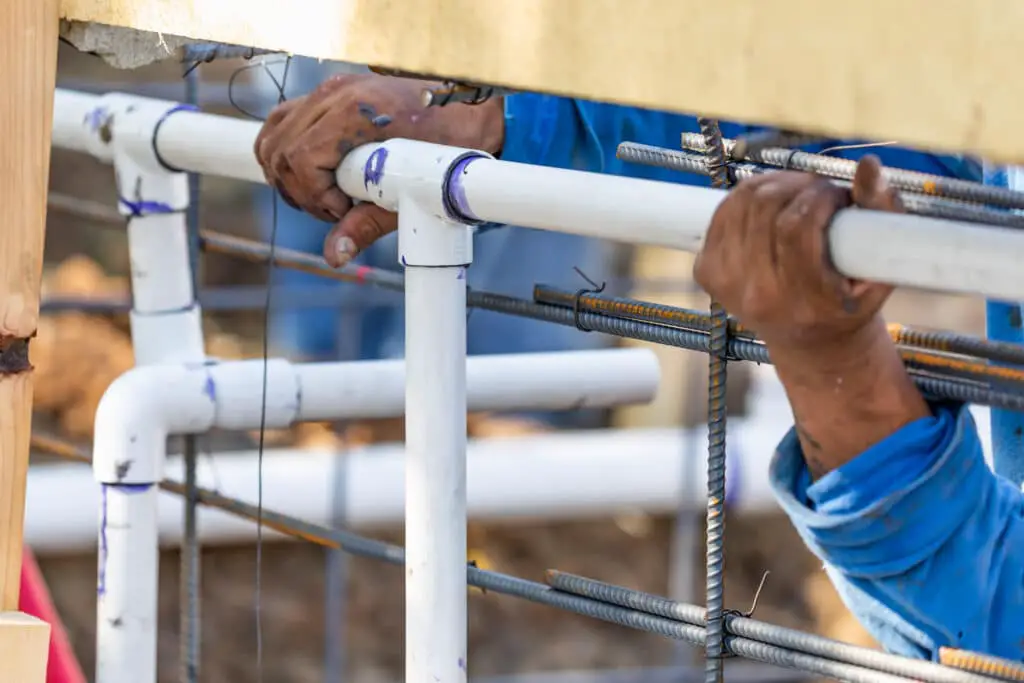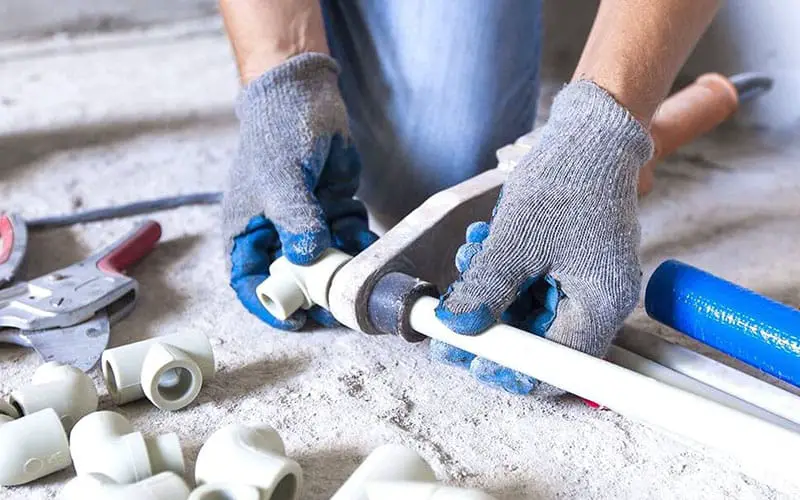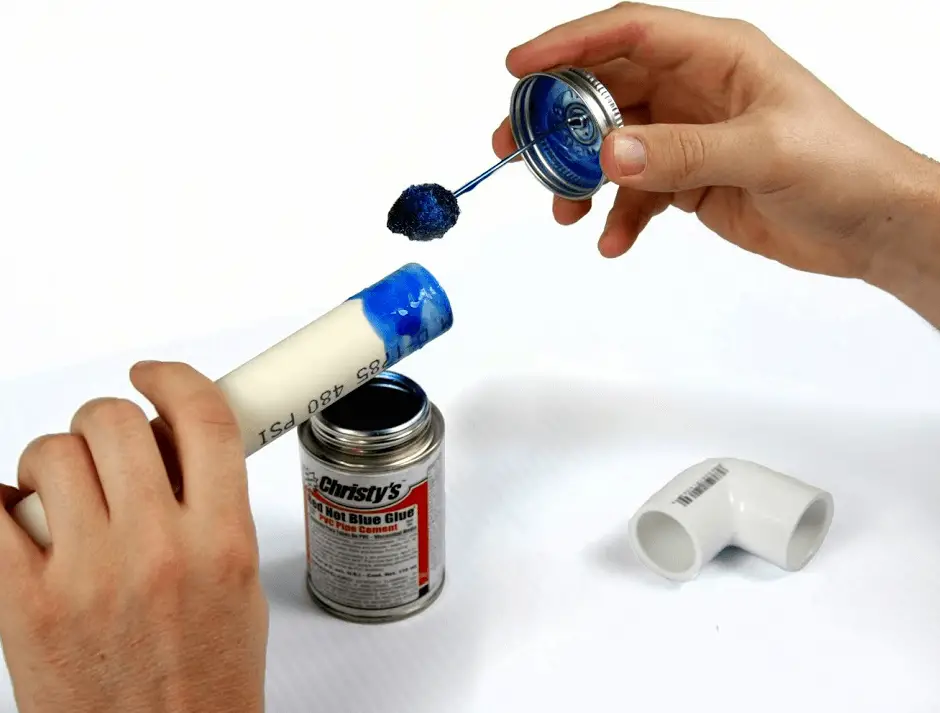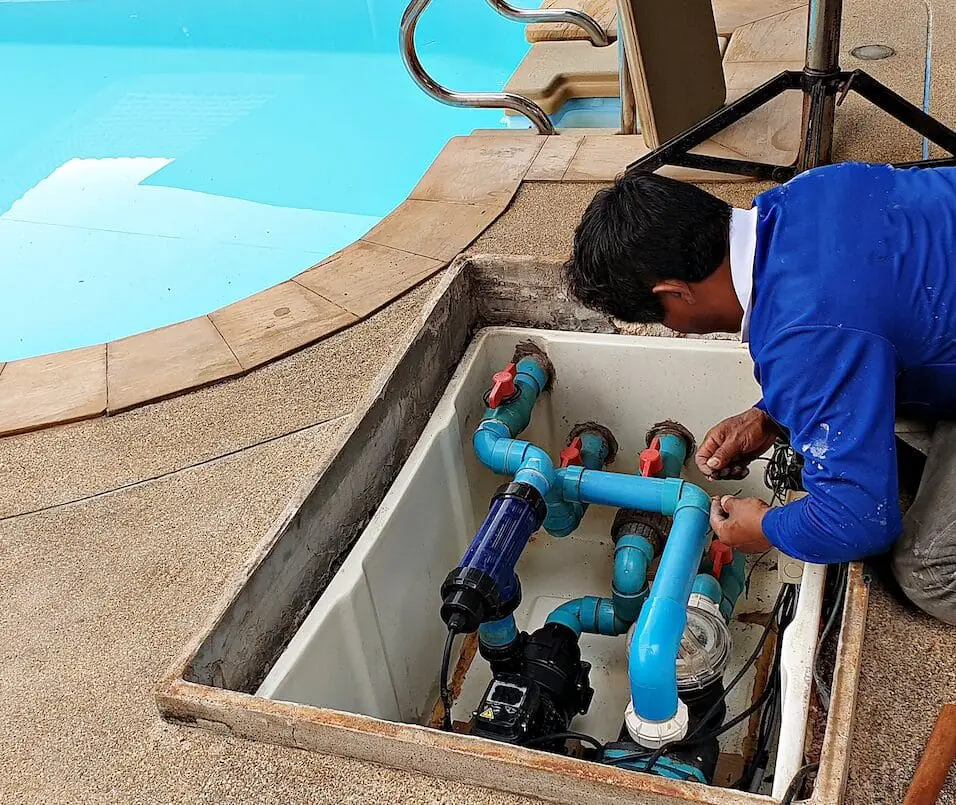How To Remove Plumbing Glue
Introduction
How To Remove Plumbing Glue: Removing plumbing glue can be a challenging task, especially when you need to disassemble or repair pipes and fittings. Whether you are a DIY enthusiast or a professional plumber, knowing how to effectively remove plumbing glue is essential. Plumbing glue, commonly known as PVC cement or solvent cement, is a strong adhesive designed to create a watertight seal between PVC pipes and fittings.
However, there are instances when you need to remove the glue, either due to a mistake during installation or when making alterations to the plumbing system. Fortunately, there are several methods you can use to tackle this problem.
By understanding these techniques, confidence to safely and efficiently remove plumbing glue, allowing you to make necessary repairs or modifications to your plumbing system. Remember to exercise caution and follow safety guidelines while working with solvents and tools, and always consult a professional if you’re unsure about any aspect of the process.

What solvent removes plumber’s glue?
It’s actually not that hard. First, remove the PVC adhesive with a cloth, as soon as the spillage occurs. While PVC glue is still wet, it will come off easy. Once it has set, however, you need to use some acetone on a clean rag to wipe it up.
Acetone is commonly used as a solvent to remove plumber’s glue. Acetone is a powerful solvent that can effectively break down the bond created by plumber’s glue, also known as PVC cement or solvent cement. It is readily available in most hardware stores or home improvement centers.
To use acetone for removing plumber’s glue, follow these steps:
Work in a well-ventilated area or outdoors to prevent inhaling the fumes from the acetone. Apply acetone: Moisten a clean cloth or rag with acetone and gently dab it onto the glued area. Alternatively, you can soak the glued parts in a container filled with acetone for a few minutes.
Let the acetone sit on the glue for a few minutes, allowing it to penetrate and dissolve the adhesive. Once the glue has softened, use a scraper or a plastic putty knife to gently scrape away the dissolved adhesive. Be careful not to damage the pipes or fittings during this process. After removing the glue, clean the area with soap and water to remove any residue or remaining traces of acetone.
How do you remove plumber’s glue from tiles?
Soak a piece of cloth or a paper towel in a small amount of acetone, and cover the glue stain for about 15 minutes. Clean up. Once the glue has softened, you should be able to remove it with a damp cloth, and then clean the tile with a cloth soaked in warm, soapy water. Removing plumber’s glue from tiles can be a challenging task, as tiles are generally more delicate and susceptible to damage compared to other surfaces. Here’s a method you can try to remove plumber’s glue from tiles:
Test in an inconspicuous area
Before applying any solvent or technique, test it in a small, inconspicuous area of the tile to ensure it does not cause any damage or discoloration.
Scrape off excess glue
Start by using a plastic putty knife or a scraper to carefully scrape off as much of the excess plumber’s glue as possible. Be gentle to avoid scratching the tile surface.
Apply a solvent
If scraping alone doesn’t remove all the glue, you can try using a solvent specifically designed for removing adhesive residues, such as a citrus-based adhesive remover or mineral spirits. Apply a small amount of the solvent to a clean cloth or sponge.
Dab and let it sit
Gently dab the solvent-soaked cloth or sponge onto the glued area. Allow the solvent to sit on the glue for a few minutes, giving it time to soften and loosen the adhesive.
Gently scrape or rub
Using the plastic putty knife or a soft cloth, carefully scrape off or rub the softened glue. Take care not to apply excessive pressure or use abrasive materials that may scratch or damage the tile.
Clean and rinse
Once the glue is removed, clean the tile surface with mild soap and warm water. Rinse thoroughly to remove any remaining residue from the solvent.
Can hot water remove glue?
Boiling water can soften the glue. Try just hot water first, working it into the glue and washing it away. For stubborn glue, try mixing in a small amount of ammonia with dish detergent and scrubbing. Heat it up! Hot water alone may not effectively remove glue, especially plumber’s glue or PVC cement, which forms a strong and durable bond. While hot water can help soften some types of adhesive, it may not be sufficient to break down the bond created by plumber’s glue.
Boil a pot of water and carefully pour the hot water over the glued area. Let the hot water sit on the glue for a few minutes to help soften it.
After allowing the hot water to work, use a plastic putty knife or a soft cloth to gently scrape or rub the softened glue. Be careful not to apply excessive pressure or use abrasive materials that could damage the surface.
If the hot water alone doesn’t completely remove the glue, you may need to use a solvent or adhesive remover specifically designed for the type of adhesive you are dealing with. Follow the instructions on the product and use it in conjunction with the hot water method for best results.
What solvent removes strong glue?
Use a damp cloth. Apply acetone. Use a cotton ball soaked in pure acetone or nail varnish remover, and press it against the glue. Once it’s dissolved, it should be easy to wipe away. When dealing with strong adhesives, there are a few solvents that are commonly used to remove them effectively. Here are some solvents known for their ability to dissolve strong glue:
Acetone is a powerful solvent that can effectively break down many types of strong adhesives, including cyanoacrylate (super glue) and certain types of epoxy glue. It is commonly found in nail polish remover, but you can also purchase pure acetone from hardware or beauty supply stores.
Isopropyl alcohol, also known as rubbing alcohol, is another solvent that can be effective for removing strong glue. It works well on adhesives like tape residue, certain types of glues, and some sticker adhesives. It is readily available in most pharmacies and grocery stores.
What cleans PVC plastic?
You can simply clean this plastic with a clean, soft cloth. For regular light cleaning activities such as dusting, use a microfiber cloth, for more thorough cleaning you can use a general cleaning product such as Glassex. However, be careful when spraying the surface. PVC (polyvinyl chloride) plastic is commonly used in various applications, including pipes, fittings, window frames, and vinyl flooring. To clean PVC plastic effectively, you can use mild household cleaners or specialized PVC cleaning products. Here are a few methods to consider:
Create a solution of equal parts white vinegar and water. Apply the solution to the PVC surface and scrub gently with a cloth or sponge. Rinse well with water and dry with a soft cloth. There are specific PVC cleaning products available on the market that are designed to clean and maintain PVC surfaces. These products are formulated to remove dirt, stains, and grime effectively. Follow the instructions on the product for the best results.
For tougher stains or scuff marks on PVC, you can use a magic eraser or make a paste with baking soda and water. Apply the magic eraser or baking soda paste to the stained area and gently scrub until the stain is removed. Rinse thoroughly and dry.
Can I scrape off the plumbing glue with a sharp tool?
Scraping off plumbing glue with a sharp tool can be an effective mechanical method for removing excess or dried-up adhesive. However, it is essential to exercise caution to avoid damaging the pipes or fittings. Use gentle pressure and take your time to scrape away the glue without causing any harm to the plumbing system. Yes, you can use a sharp tool to scrape off plumbing glue, but it’s important to exercise caution and use the right technique to avoid damaging the pipes or fittings.
Ensure the pipes or fittings are accessible and there is enough space to maneuver the sharp tool without causing harm to surrounding surfaces. Choose a plastic putty knife, a plastic scraper, or a specialized adhesive removal tool with a flat, non-metallic edge. These tools are less likely to scratch or damage the plumbing components. Hold the tool at a shallow angle against the glue, making contact with the edge of the glue.
Begin scraping the glue with light, controlled pressure. Avoid using excessive force, as it may cause damage to the pipes or fittings.
Scrape off the glue in small sections at a time. This helps maintain control and reduces the risk of accidental slips. Remove the scraped-off glue from the tool regularly to prevent reapplying it onto the surface.
What if the plumbing glue is in a hard-to-reach area?
If the plumbing glue is in a difficult-to-reach area, such as deep within a pipe or inside a tight space, it may be challenging to remove it using traditional methods. In such cases, you may need to consider alternative approaches, such as using specialized tools like a heat gun to soften the adhesive or seeking assistance from a professional plumber who has the expertise and specialized equipment to handle such situations. If the plumbing glue is in a hard-to-reach area, such as deep within a pipe or inside a tight space, removing it with traditional methods like scraping may be challenging. In such cases, you can consider alternative approaches to tackle the situation:
Use a heat gun or a hairdryer on its highest setting to apply heat to the glued area. The heat can soften the glue, making it easier to scrape off or manipulate. Take care not to overheat the pipes or surrounding materials, and always follow safety precautions when using heat tools.
If the hard-to-reach area allows for it, you can try applying a solvent specifically designed to dissolve or soften plumbing glue. Use a long, flexible brush or applicator to reach the glued area and apply the solvent carefully. Let it sit for the recommended duration to allow the solvent to break down the adhesive. Follow up by gently scraping or wiping away the softened glue.
Can I reuse pipes or fittings after removing plumbing glue?
In most cases, it is not recommended to reuse pipes or fittings after removing plumbing glue. Plumbing glue creates a strong bond between the PVC components, and attempting to reuse them may compromise the integrity of the connection. It is generally advised to replace the glued components with new ones to ensure a reliable and leak-free plumbing system.
Removing the plumbing glue typically involves scraping, sanding, or using solvents to dissolve the adhesive. These processes can potentially damage the pipe or fitting, compromise the integrity of the connection, or leave behind residue that may affect the performance of the joint.
To ensure the reliability and safety of your plumbing system, it is generally advised to replace the glued components with new ones when making repairs or modifications. This guarantees a secure and leak-free connection.
If you’re unsure about whether to reuse pipes or fittings, it is best to consult a professional plumber. They can assess the condition of the components, recommend appropriate replacements, and ensure the plumbing system is properly installed and functioning effectively.

Conclusion
Removing plumbing glue can be a demanding task, but with the right techniques and tools, it is entirely possible to undo the adhesive bond. Throughout this guide, we have explored various methods for removing plumbing glue, both mechanical and chemical, depending on the circumstances.
Mechanical methods, such as scraping and sanding, can be effective for removing excess glue or old dried-up adhesive. These methods require patience and careful attention to avoid damaging the pipes or fittings.
Chemical methods, on the other hand, involve using solvents specifically designed to dissolve or soften the plumbing glue. Acetone, PVC primer, or specialized adhesive removers are commonly used for this purpose. However, it is crucial to handle these chemicals with caution and in well-ventilated areas to ensure personal safety.
Regardless of the method chosen, it is essential to consider the type of plumbing glue and the materials involved. Different adhesives may require specific removal techniques, and certain materials may be more susceptible to damage than others.








